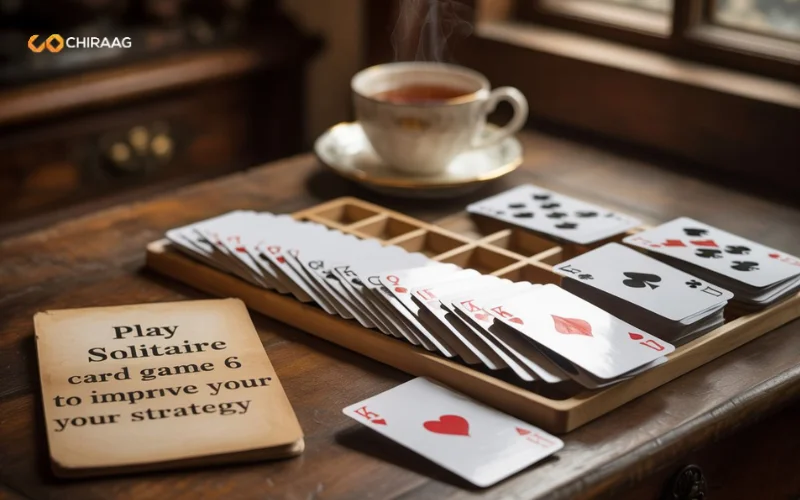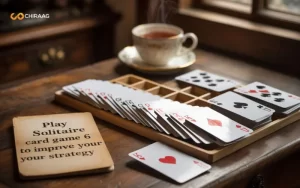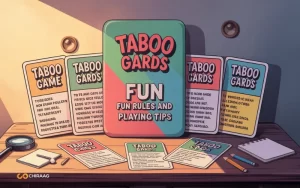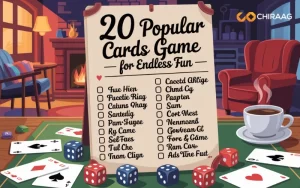Playing solitaire has long been a favorite pastime for people who enjoy games that combine skill, patience, and strategy. Whether you are playing it on your computer, phone, or with a traditional deck of cards, mastering the play solitaire card game experience can be both relaxing and rewarding coexchange. This game is simple to learn but takes time to truly master. To help you improve your approach, here are six fun and effective tips that can help you become more skilled at solitaire while keeping your games engaging and enjoyable.
Understanding the Basics of Solitaire
Before diving into strategies, it is important to understand the structure of the play solitaire card game. The goal is to build four foundation piles, one for each suit, in ascending order from Ace to King. The tableau consists of seven piles where you move cards around to uncover hidden ones and eventually transfer them to the foundations. Players must alternate colors and arrange cards in descending order within the tableau. Success in solitaire depends on careful planning, observation, and a bit of luck with the initial shuffle.
Tip 1 Analyze the Tableau Before Making a Move
The first move in the play solitaire card game often determines how smoothly the game will go. Instead of moving the first available card, take a moment to analyze the entire tableau. Look for columns that can be opened quickly or sequences that can reveal hidden cards. Avoid moving cards just because it seems like a legal move. Every card moved should serve a purpose, such as uncovering a face-down card or setting up future moves. This helps you create more options and improve your overall strategy.
Tip 2 Prioritize Uncovering Hidden Cards
A major objective in the play solitaire card game is to expose as many hidden cards as possible. The more cards you reveal, the more potential moves you have. Focus on columns with the most face-down cards, as clearing them early can open up powerful opportunities. Sometimes it may be tempting to build long stacks in one column, but remember that uncovering hidden cards usually takes priority over maintaining neat stacks. The sooner you reveal all hidden cards, the faster you can complete your foundation piles.
Tip 3 Build Evenly Across the Tableau
One mistake many beginners make when they play solitaire card game is concentrating on building one or two columns while ignoring the rest. This limits your mobility and reduces your options later in the game. Try to build evenly across the tableau, ensuring that all columns have potential for movement. This balanced approach prevents you from getting stuck and makes it easier to adjust your strategy as the game progresses. Keeping flexibility in mind is one of the best ways to win more consistently.
Tip 4 Be Strategic with the Stockpile
In many versions of solitaire, the stockpile plays a critical role in determining your success. The way you draw and use cards from the stockpile can make or break a game. Do not rush through it. When you play solitaire card game with a stockpile, try to remember the order of cards as you go through them. This knowledge can help you plan ahead for future turns. If you are allowed to cycle through the stockpile multiple times, use that to your advantage by waiting until the right moment to bring certain cards into play. Timing and patience are essential here.
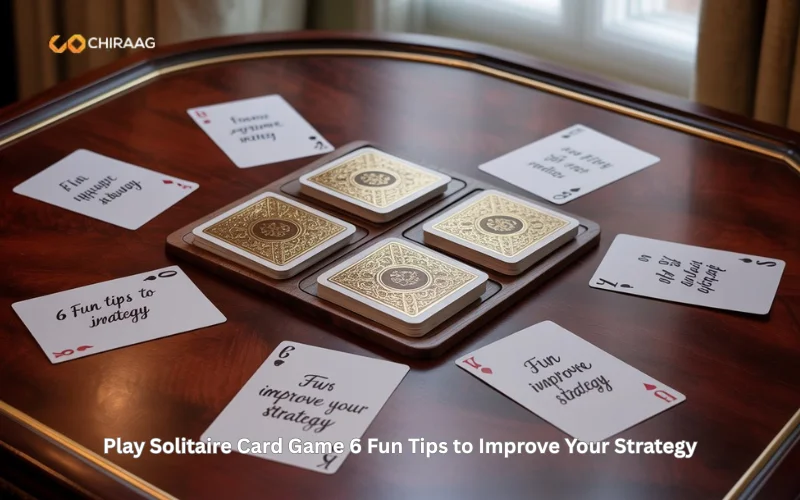
Tip 5 Create Empty Columns Wisely
Empty columns are powerful tools in the play solitaire card game, as they allow you to move Kings and free up space for additional card movements. However, not all empty spaces are equally valuable. Before clearing a column, make sure you have a King ready to place there. Leaving a column empty without a King can waste valuable moves. Additionally, choose which King to move carefully. Ideally, move a King that allows for the most cascading moves or helps uncover important face-down cards. Strategic use of empty columns can greatly increase your chances of completing the game successfully.
Tip 6 Focus on the Foundation at the Right Time
While it may seem logical to move cards to the foundation piles as soon as possible, this is not always the best approach. In the play solitaire card game, moving cards too early can limit your mobility in the tableau. You might find yourself needing a card that you have already moved to the foundation. Instead, keep cards in the tableau when they still help with sequences or uncovering other cards. Move them to the foundation only when it will not hinder future moves. A balanced strategy between tableau management and foundation building leads to better outcomes.
Maintaining Focus and Patience
Solitaire is not just a game of luck but also a test of concentration and patience. Each move can have a lasting impact on your progress, so take your time to think through each decision. Avoid rushing, even if the game seems easy at first. The play solitaire card game rewards careful planning and observation. If you find yourself in a difficult position, take a moment to re-evaluate your options instead of making random moves. Often, a single strategic adjustment can turn a losing game into a winning one.
Practicing Different Versions of Solitaire
There are several variations of solitaire, including Klondike, Spider, FreeCell, and Pyramid. Each version has unique rules and strategies that can enhance your overall skill. When you play solitaire card game regularly, try experimenting with these different formats to broaden your understanding of the game. FreeCell, for instance, focuses more on planning ahead, while Spider Solitaire tests your ability to handle multiple suits. By exploring multiple versions, you can develop a sharper sense of strategy and become more adaptable across different solitaire challenges.
Using Digital Tools for Practice
In today’s world, it’s easy to find digital platforms where you can play solitaire card game online. Many of these versions offer hints, scoring systems, and undo features that allow you to experiment with strategies safely. Playing digital solitaire can help you identify patterns, learn from mistakes, and speed up your decision-making. You can also compete against yourself by tracking how quickly you can solve a game or how many moves you take. Over time, this consistent practice will sharpen your skills and make you more confident in every game you play.
Conclusion
The play solitaire card game remains one of the most timeless and enjoyable single-player card games ever created. It combines elements of logic, memory, and patience in a way that continues to captivate players of all ages. By following these six fun tips—analyzing the tableau, uncovering hidden cards, building evenly, managing the stockpile wisely, using empty columns strategically, and balancing foundation moves—you can significantly improve your performance. Whether you play for relaxation or challenge, each game helps you strengthen your focus and strategic thinking. Keep practicing, stay patient, and enjoy the rewarding experience of mastering solitaire.


